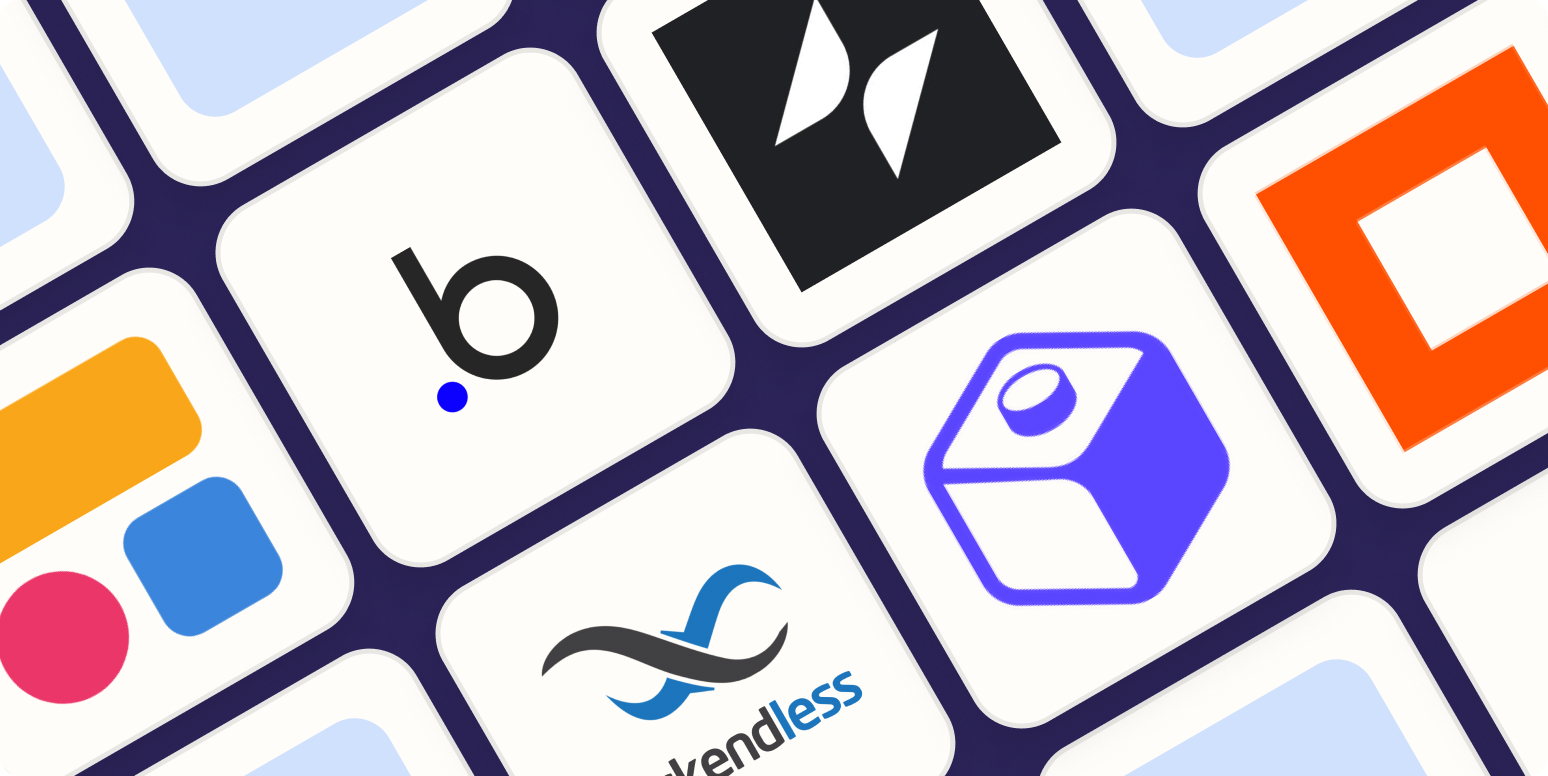The world of app development has undergone a seismic shift in recent years, largely driven by the rise of no-code platforms. These platforms allow anyone—even those with little to no coding experience—to build fully functional apps through intuitive drag-and-drop interfaces. As businesses increasingly embrace digital transformation, no-code tools are empowering non-developers to create applications quickly, inexpensively, and with greater flexibility than ever before.
In this blog, we’ll explore the phenomenon of no-code development, its benefits, popular platforms, and how it is shaping the future of app creation.
What is No-Code Development?
No-code development refers to the process of building apps without writing traditional lines of code. Instead of programming, no-code platforms provide visual development environments where users can design, configure, and deploy applications using pre-built components like buttons, forms, databases, and workflows.
These tools democratize app development, enabling business professionals, marketers, and entrepreneurs—often termed “citizen developers”—to create and iterate on their ideas without relying on professional developers or extensive technical knowledge.
Why No-Code Development is Gaining Popularity

The increasing popularity of no-code development is not an accident. Several key factors have contributed to its rapid growth:
a. Demand for Digital Solutions
Businesses are under pressure to digitize their services, streamline operations, and build mobile and web apps faster. Traditional development methods, with their high costs, long timelines, and reliance on scarce developer talent, often create bottlenecks. No-code tools help break down these barriers, allowing non-technical teams to take the lead in digital transformation.
b. Faster Time to Market
No-code platforms dramatically reduce the time it takes to build and launch apps. Features that would normally take weeks or months to code manually can be implemented in hours or days with no-code tools. This speed to market is particularly valuable for startups, small businesses, and enterprises looking to stay ahead in competitive industries.
c. Cost-Efficiency
Hiring a development team or outsourcing app creation can be expensive, especially for small businesses or individuals. No-code platforms offer a more cost-effective solution by allowing existing teams to develop apps in-house, reducing the need for specialized developers and costly development cycles.
d. Empowering Non-Developers
No-code tools empower professionals from diverse backgrounds—such as marketing, HR, operations, and customer support—to build custom solutions that directly address their needs. This reduces reliance on IT departments and accelerates innovation by enabling team members to prototype and iterate on ideas quickly.
Key Benefits of No-Code App Development
No-code development is revolutionizing the app creation process. Here are some of the most significant benefits of adopting a no-code approach:
a. Ease of Use
No-code platforms feature user-friendly interfaces that require little technical expertise. By dragging and dropping components, users can quickly design apps, set up workflows, and manage databases, making app creation as simple as editing a document.
b. Accelerated Development Cycles
Since developers aren’t manually writing code, the overall development time is significantly reduced. No-code tools allow businesses to go from concept to production faster, which is critical in today’s fast-paced, tech-driven environment.
c. Reduced Development Costs
By minimizing the need for expensive developers and custom development, no-code platforms can reduce the financial burden of app creation. Instead of hiring a development team, companies can use their existing staff to build apps at a fraction of the cost.
d. Faster Prototyping and Iteration
No-code platforms enable rapid prototyping, where teams can build and test app functionality quickly. This helps businesses experiment with new ideas, gather feedback, and refine features based on user input without waiting for lengthy development cycles.
e. Increased Collaboration
No-code development fosters collaboration between technical and non-technical team members. It removes communication barriers between business teams and IT by providing a shared platform where everyone can contribute to the app’s design and functionality.
f. Scalability and Flexibility
Many no-code platforms offer scalability options, allowing businesses to start small and expand their apps as their needs grow. Additionally, most platforms are flexible, offering integrations with popular third-party services like payment gateways, CRM systems, and analytics tools.
Popular No-Code Platforms

Several no-code platforms are leading the charge in empowering users to build apps without writing code. Here’s a look at some of the most popular no-code tools in the market today:
a. Bubble
Bubble is one of the most versatile and popular no-code platforms, allowing users to build complex web applications. It offers a powerful visual editor where users can design responsive apps, manage databases, and create custom workflows. With Bubble, users can build everything from simple landing pages to full-featured web apps with login systems, API integrations, and more.
b. Adalo
Adalo specializes in mobile app development, enabling users to design native mobile apps for iOS and Android. It features a drag-and-drop interface and integrates with third-party tools to handle user authentication, push notifications, and payments. Adalo is an excellent choice for those looking to create mobile apps without coding experience.
c. Airtable
While Airtable is primarily known as a database tool, it offers powerful no-code functionality for building custom apps. Airtable allows users to organize and display data through interactive, customizable views like calendars, kanban boards, and forms. Its easy-to-use interface makes it ideal for building internal apps or business management tools.
d. Glide
Glide allows users to turn Google Sheets into powerful mobile apps. By linking a Google Sheet to the platform, users can create dynamic, data-driven apps that update in real-time. Glide is perfect for businesses looking to build simple apps quickly, such as inventory management systems or event management apps.
e. Webflow
Webflow is a popular no-code platform for building responsive websites and web applications. It combines a visual design editor with CMS and eCommerce functionality, making it an ideal solution for designers and marketers looking to create websites without relying on developers.
f. Thunkable
Thunkable is another mobile app builder that enables non-coders to design and launch native iOS and Android apps. It offers various pre-built components, such as buttons, media players, and lists, as well as integration with third-party services like Firebase, Google Maps, and APIs.


Challenges and Limitations of No-Code Development
While no-code platforms offer numerous advantages, they’re not without limitations. Here are some challenges to consider:
a. Customization Limits
No-code platforms provide pre-built components, which may limit the extent of customization available. Complex or unique features may require custom development, which is outside the scope of no-code tools. As a result, no-code apps are often more suitable for simple to moderately complex projects.
b. Scalability Concerns
As your app grows, you may encounter limitations in the performance or scalability of no-code platforms. While many no-code tools offer scalability options, apps with millions of users or complex processing needs may require custom development to handle the load.
c. Security and Compliance
No-code platforms handle much of the app’s infrastructure and back-end processes, which means you have less control over security and compliance. Businesses handling sensitive data, such as healthcare or financial apps, need to ensure the platform meets industry standards for data security and privacy.
d. Vendor Lock-In
When using a no-code platform, your app is tied to the vendor’s ecosystem. If the platform discontinues a feature or shuts down, it may impact your app’s functionality. It’s important to choose platforms with a strong track record and a robust community to mitigate these risks.
The Future of No-Code Development
The rise of no-code platforms marks a significant shift in how apps are built. As technology advances, we can expect the capabilities of no-code tools to continue expanding, bridging the gap between technical and non-technical teams.
a. Increased Adoption by Enterprises
While no-code platforms were initially popular with startups and small businesses, large enterprises are now adopting them to build internal tools, automate workflows, and streamline operations. As no-code solutions become more sophisticated, they will play an even greater role in corporate IT strategy.
b. AI-Powered No-Code Development
AI and machine learning are expected to further enhance no-code platforms, enabling users to build even more complex applications. AI-powered tools will help users design better workflows, optimize app performance, and provide advanced customization options without manual coding.
c. Hybrid No-Code and Traditional Development
Many businesses will adopt a hybrid approach, combining no-code platforms with traditional development. No-code tools can be used for rapid prototyping, while custom development can handle more complex tasks, creating a faster and more efficient development process.
Conclusion
The rise of no-code development is democratizing app creation, enabling non-developers to bring their ideas to life without writing a single line of code. Whether you’re a startup founder, a business professional, or part of an enterprise team, no-code platforms offer a faster, more cost-effective way to build apps that meet your unique needs. While no-code tools have their limitations, they represent a powerful shift in the app development landscape, making innovation accessible to all.
Tips for Reducing App Load Time and Memory Usage
- October 17, 2024
- Com 0
In today’s fast-paced digital world, users expect mobile apps to perform flawlessly, load quickly, and run efficiently. An app that…
Strategies to Reduce App Abandonment and Increase Retention
- October 17, 2024
- Com 0
In the highly competitive app marketplace, user retention is one of the most important metrics for measuring success. While acquiring…
Fintech App Development: Ensuring Compliance and Security
- October 16, 2024
- Com 0
The rapid growth of fintech (financial technology) apps has revolutionized the financial services industry. From mobile banking and digital wallets…
The Future of Mobile Apps in the Travel and Tourism Industry
- October 15, 2024
- Com 0
The travel and tourism industry has undergone a significant transformation in recent years, driven largely by advancements in technology. Mobile…
What Every Developer Should Know About Securing API Endpoints
- October 13, 2024
- Com 0
APIs (Application Programming Interfaces) play a critical role in modern application development, enabling communication between client applications and backend services.…
Integrating Cloud Services into Your Mobile App
- October 12, 2024
- Com 0
Cloud services have revolutionized the way modern mobile apps are developed, deployed, and maintained. Integrating cloud services into your mobile…







